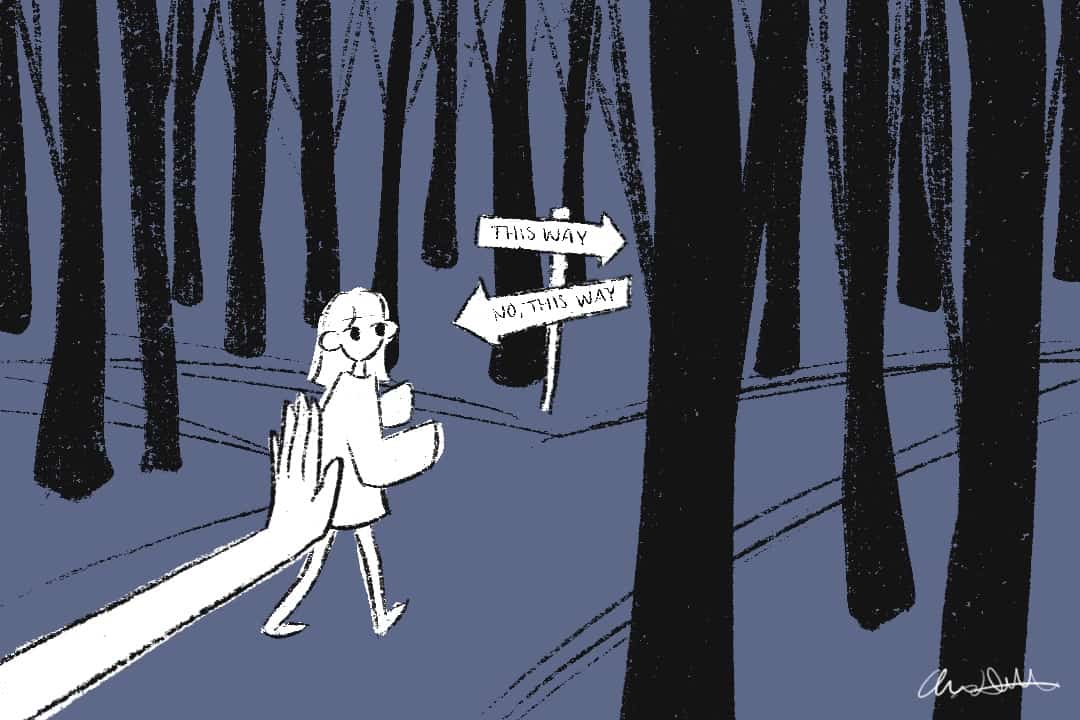‘Nudge theory’ is a concept that’s entering popular consciousness as the new corporate buzzword. In marketing and sales, it’s being seen as a new way to boost revenues and create brand loyalty.
A ‘nudge’ is an attempt to influence someone’s behaviour without coercion. Nudges can be created in several ways, including by setting up default choices or giving choosers feedback on their decisions.
But unlike other corporatized words like ‘synergy’ and ‘brand trajectory,’ nudge theory is an import from the world of behavioural economics, where semi-rational human agents make decisions in manipulable ways. The concept has rapidly been adopted by policymakers as well.
Nudge theory basics
In 2008, behavioural economist Richard Thaler — who later received the Nobel Memorial Prize in economics — and jurist Cass Sunstein formally proposed nudge theory in their book, Nudge: Improving Decisions About Health, Wealth, and Happiness.
Unlike traditional economic theory that treats humans as totally rational actors, nudge theory is established on the assumption that humans are not totally rational. This means people do not always make decisions based on accurate calculations or make the most favourable choices for themselves. Due to inertia, prejudice, or ignorance, people’s choices are often not based on maximizing their interests in any given moment.
By changing the way choices are presented in the environment, people can be nudged to change the decisions they’d normally make. The Rotman report provides an example of charging the cost of a gym membership in small installments per month or per week rather than as a large sum per year, making the membership cost seem smaller.
Nudging in education policy
In September, Dr. Philip Oreopoulos, a professor in the U of T Department of Economics, published a paper, “Promises and Limitations of Nudging in Education.” In it, Oreopoulos examines a series of studies from behavioural economics about nudge intervention on education policies. These education policies are mainly for improving students’ enthusiasm to study, university application rates for academically successful high school students in poor households, and student GPA.
Oreopoulos divided forms of intervention into nudges and ‘shoves.’ Nudges subtly point people toward decisions whereas shoves restrict alternative options outright. He also divided each nudge into ‘high-touch’ influences, such as meeting or talking person-to-person and ‘low-touch’ influences, such as contacting someone by brochure, letter, or text message.
By using this methodology, Oreopoulos found that nudging to affect habits, feelings, thoughts, and beliefs may be less effective than nudging specific one-time actions.
For example, Oreopoulos examines a case in which researchers used low-touch nudging in the form of motivational text messages to help students develop more positive perspectives on facing challenging course material and develop more patience in acclimatizing to campus life. The results showed that these chatbots had an impact on affecting time-sensitive actions, but ultimately had no impact on more academic aspects of their degree.
Despite this, Oreopoulos says that some in-person high-touch nudges have significant effects, like a staff member who proactively helps students improve their GPA through one-to-one coaching.
This study suggests that nudging, in its traditional sense, may be ineffective in changing behaviour, but can be promising at the level of changing one-time actions.
Nudging predicament
“I’ve become skeptical about the potential for many nudges to generate meaningful change,” Oreopoulos wrote in an email to The Varsity, although he noted that there have been examples when they have helped affect one-time actions. “This is based on evidence from randomized controlled trials. The success of a nudge will depend on what you’re trying to nudge, and the context. Small details matter.”
In fact, the effectiveness of nudging has come into question. Dr. Varun Gauri, the co-head of the behavioural science unit at the World Bank, has questioned the value of behavioural science to the current COVID-19 response. He noted that behavioural policies were not yet developed enough to be successful in aiding the pandemic response.
Still, proponents of nudging argue that it could have many benefits. The Rotman report suggests that policymakers should use different nudges at different stages in order to help people overcome various barriers for their actions. For example, the report suggests identifying the factors preventing someone from following through with a decision, and applying nudges when those factors arise.
Ultimately, only time will tell whether nudge theory has broad applicability outside the boardroom.


